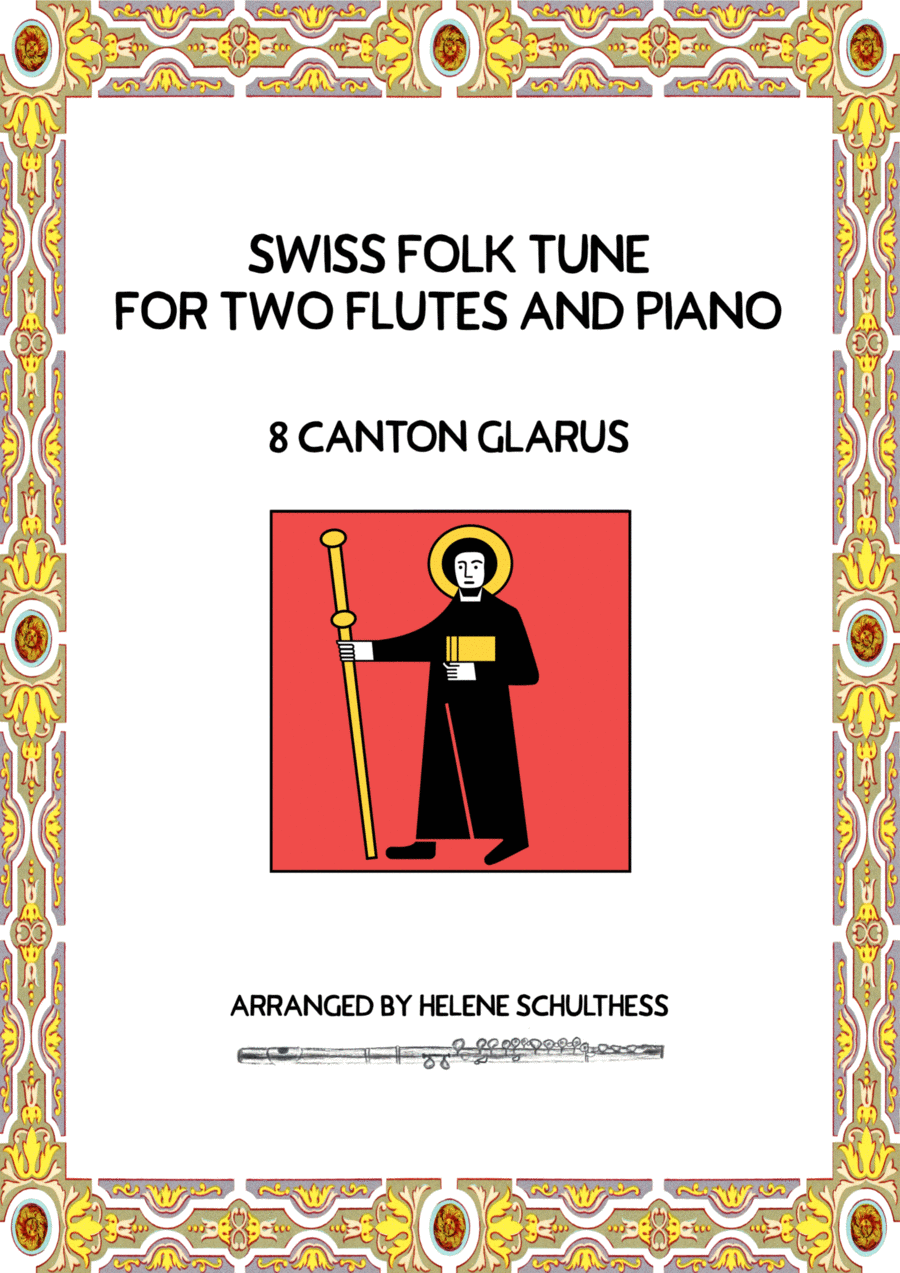Flute Duet Flute - Level 3 - Digital Download SKU: A0.1179578 By Helene Schulthess. By Helene Schulthess. Arranged by Helene Schulthess. Contest,Country,Festival,Folk,Patriotic,Traditional. Score. 3 pages. Helene Schulthess #779561. Published by Helene Schulthess (A0.1179578). You can purchase all 26 folkdances for 30 $ under this link: https://www.sheetmusicplus.com/title/26-swiss-folk-dances-for-2-flutes-and-accompaniment-digital-sheet-music/21673528The document contents 26 folk dances for two flutes (49 pages) and a score (52 pages)Swiss folk music is very lively. Its diversity reflects the small regional and cultural spaces of Switzerland. Influences from other European countries have also shaped this kind of music since the early 19th century. Polka and Mazurka have their roots in Poland, the Scottish in Scotland. The music has been passed on by word of mouth or has been written down in musicians’ notebooks.Between 1940 and 1960, the ethnomusicologist Hanny Christen travelled through Switzerland and collected thousands of melodies from the period between 1800 and 1960. The musicians played or sang in front of her. Some permitted her to write off their own hand-written dance booklets in full. In 1956, Hanny Christen began to record this music with a tape recorder. It is thanks to her that over 12,000 instrumental dance movements of Switzerland and many other pieces of tradition (costumes, biographies, musical instruments etc.) were saved from being forgotten.The instruments used in traditional folk music vary depending on the type of dance and region. Flutes are more or less non-existent. The author would like to fill a gap with this publication. She has therefore adapted one folk dance per canton from the Hanny Christen-collection* for two flutes. The pieces from the cantons of Basel City, Thurgau and Geneva do not come from this source, though.The melodies from the other 23 cantons are taken unchanged from the collection. The second voice was not always composed quite traditional. The melody follows - if possible - a contrapuntal melody of its own and is directed to the flute (difficulty grade 3 +).The editor, Helene Schulthess, is a flutist with a wide repertoire. She lives in Switzerland. She performs as a soloist, makes chamber music and is active as a music teacher. She is involved in various musical projects (www.helene-schulthess.ch).* Swiss Folk Music Collection. The dance music of Switzerland of the 19th and first half of the 20th century. From the estate of Hanny Christen. Edited by Fabian Müller under the auspices of the Society for Folk Music in Switzerland (GVS/SMPS). Music print. Mülirad, Zürich 2002.
